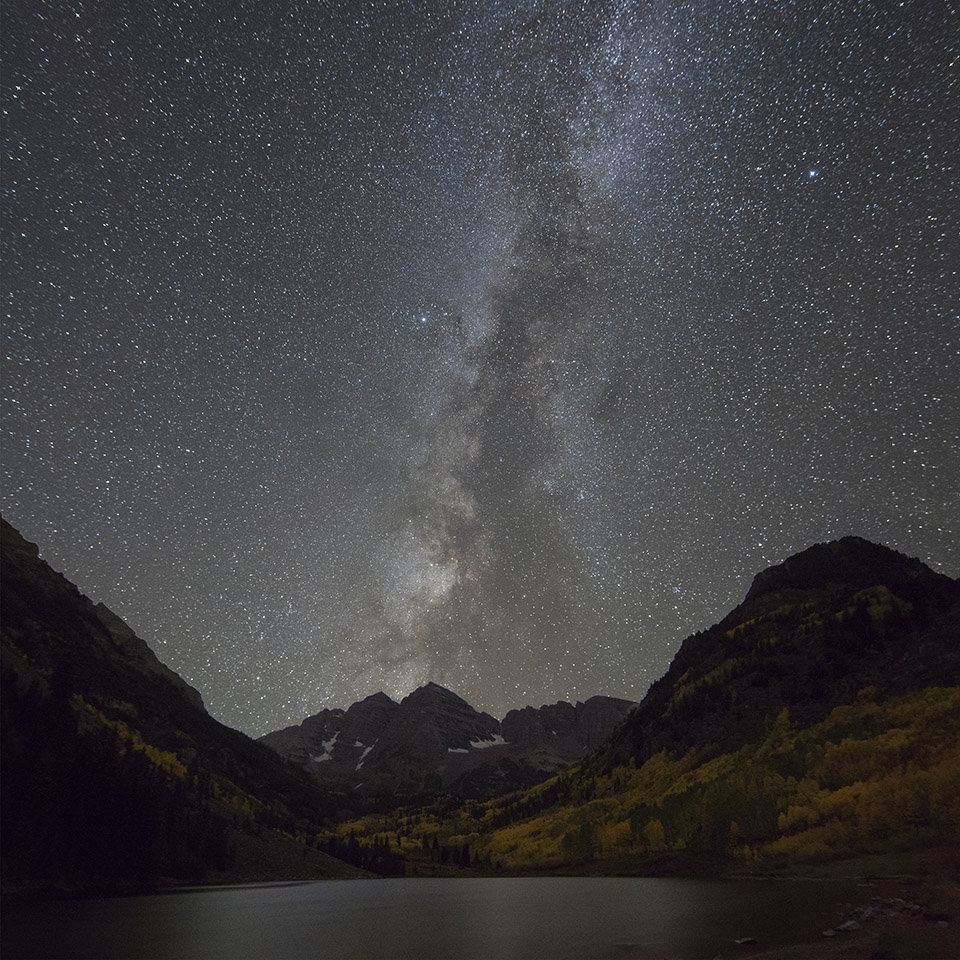Night Sky from Australia: What to See & When to Stargaze
Australia’s night sky is a celestial canvas that invites exploration and contemplation. With lower levels of light pollution in many regions, especially in the outback, it offers a magnificent vantage point to observe celestial phenomena that many urban dwellers might never experience. As a result, Australia emerges as a premier destination for amateur astronomers and casual sky watchers alike. Understanding what to see and when to best appreciate the splendor above us will dramatically enhance your stargazing adventure.
Familiarizing Yourself with the Southern Hemisphere Constellations
One of the most enchanting aspects of stargazing from Australia is the opportunity to witness southern hemisphere constellations, which are not visible from the Northern Hemisphere. The Southern Cross, or Crux, is perhaps the most iconic constellation, representing guidance for navigators and adventurers alike. Its distinctive shape is easily recognizable and often depicted in various forms of art and culture.
Alongside the Southern Cross, the Magellanic Clouds—two irregular dwarf galaxies—provide a breathtaking sight for those equipped with binoculars or a telescope. These celestial bodies are named after explorer Ferdinand Magellan and are prominent in the sky, particularly during the southern winter months. The best time to view these constellations and galactic formations is between May and August when the skies are often clearer and darker.
The breathtaking sights are not confined to the star-filled sky alone. Bright planets like Venus and Jupiter often shine brilliantly and can be viewed in their entirety without telescopic assistance. Keep an eye on planetary conjunction dates, which occur when two or more planets appear in close proximity to each other in the sky. Such events spark a cosmic spectacle that captivates the imagination.
The Cycles of the Moon: A Celestial Calendar
Understanding the lunar phases is essential for planning your stargazing excursions effectively. The full moon bathes the landscape in silver light, impeding the visibility of fainter stars and deep-sky objects. For optimal stargazing conditions, aim for the new moon phase, when the night sky is darkest, revealing a theatre of stars, nebulas, and galaxies.
Australian Aboriginal astronomy adds a rich layer to the stargazing experience. Many Indigenous groups have unique interpretations of celestial bodies, attributing stories and significance to the stars and constellations. Engaging with Indigenous perspectives can deepen your appreciation, turning a casual observation into a culturally enriched exploration of the cosmos.
Planning Your Stargazing Adventure: Location, Equipment, and Timing
Choosing the right location is paramount for stargazing. Opt for dark sky reserves or parks well away from city lights. Notable locations in Australia include the Warrumbungle National Park in New South Wales and Uluru-Kata Tjuta National Park in the Northern Territory. Both are renowned for their pristine skies and minimal light interference.
Equipping yourself with the right tools enhances the experience exponentially. While the naked eye can witness many heavenly bodies, a pair of sturdy binoculars or a quality telescope can reveal a universe teeming with detail. Star maps and stargazing apps readily available on smartphones can help identify celestial objects, adding an informative dimension to your experience.
Timing your celestial observations requires some intuitive foresight. While certain celestial events, such as meteor showers, occur on predictable dates, other phenomena—like auroras or eclipses—may require attentiveness to weather patterns and moon phases. Be sure to consult reliable astronomical calendars that outline when and where to enjoy these captivating occurrences.
The Call to Explore: Embrace the Stars
There exists an ineffable thrill in standing under a vast, starry expanse, awash in the glow of ancient light. As the Milky Way arches overhead, one cannot help but feel a profound connection–both with the cosmos and with those who have gazed upon the same stars throughout history. Australia’s diverse landscapes, coupled with its unique celestial offerings, make it an extraordinary destination for stargazing enthusiasts.
Will you take up the challenge to explore the wonders of the night sky? Grab a friend, pack your equipment, and immerse yourself in the radiant display that awaits above. Your journey through constellations, galaxies, and stories from the ancient past promises to be both educational and awe-inspiring. The night sky is not simply a backdrop; it is an invitation—one that beckons you to discover the mysteries and marvels it holds.
You May Also Like
Best Fish to Catch in Australia: A Guide for Anglers
Australia boasts an extraordinary diversity of fish species, making it …
Emily Bay Norfolk Island: A Hidden Gem in the Pacific
Emily Bay, a picturesque enclave nestled on the sun-kissed shores of …
Holidays on August 23: Global Festivities & Observances
August 23 is a date that carries a bouquet of cultural significance …





